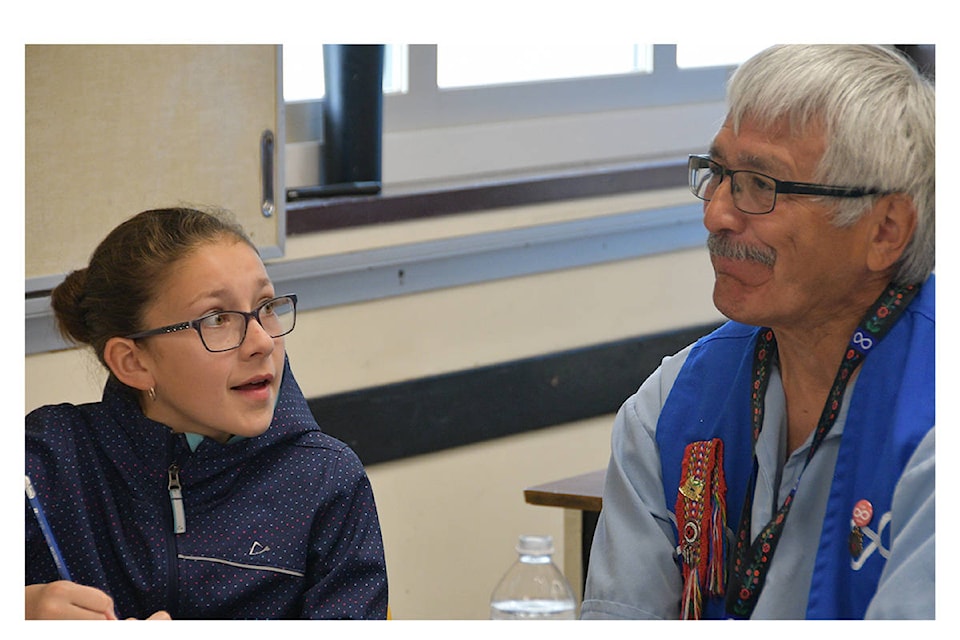Indigenous students in the Comox Valley are graduating at a rate higher than the provincial average.
The six-year graduation rates for Indigenous students has steadily climbed in School District 71, with a 77 per cent completion rate achieved for the 2017/18 school year. In 2018, the provincial average rate was 70 percent.
On June 18, the Office of the Auditor General of British Columbia released a progress audit on the Ministry of Education’s changes since the office’s 2015 report on the education of Aboriginal (now referred to as Indigenous) students in the B.C. public school system.
The original 2015 audit found there were gaps between Indigenous and non-Indigenous students in graduation rates.
The six-year graduation rate gap for Indigenous and non-Indigenous students in B.C. public schools, 2000 – 2018 demonstrated however that the gap has steadily closed, and the percentage of Indigenous students has climbed. For Comox Valley Schools (SD 71), the six-year graduation rate for Indigenous students has climbed from 58 per cent in the 2013/14 school year to 77 per cent in 2017/18.
“Our goal is to set our students up for success and get them to their graduation year. How we do that is in our strategic priorities, to deliver an education program that is relevant, engaging and keeps pace with the evolving technology and innovation in today’s curriculum,” said Tom Demeo, incoming SD 71 superintendent. “Ultimately it is to ensure our students’ needs are met and they are prepared for life beyond secondary school.”
In 2015, the auditor general made 12 recommendations to close the gaps. This progress audit found the gaps have decreased because of key strategies the ministry implemented including a new curriculum focused on Indigenous culture and history.
Comox Valley schools are leading the way with a full implementation of the recommendations due in large part to a strong partnership with the First Nations community, Indigenous Education Council and our schools. Indigenous Education staff are collaborating with district teachers and students to provide more opportunities to embed Indigenous ways and knowing into the classrooms.
One initiative is the Legacy School program created by the Gord Downie and Chanie Wenjack Fund. The Legacy School program is a national initiative to engage, empower and connect students and educators to further reconciliation through awareness, education and action (reconciliACTION).
“We adopted this program to help our schools implement strategies to become champions of reconciliation,” explained Bruce Carlos, district principal, Indigenous Education. “Comox Valley Schools is one of the first school districts in Canada to commit all schools to the Legacy School initiative and we are pretty excited to see our staff so passionate and eager to learn and to grow alongside the students with this program. The journey ahead will be exciting.”
